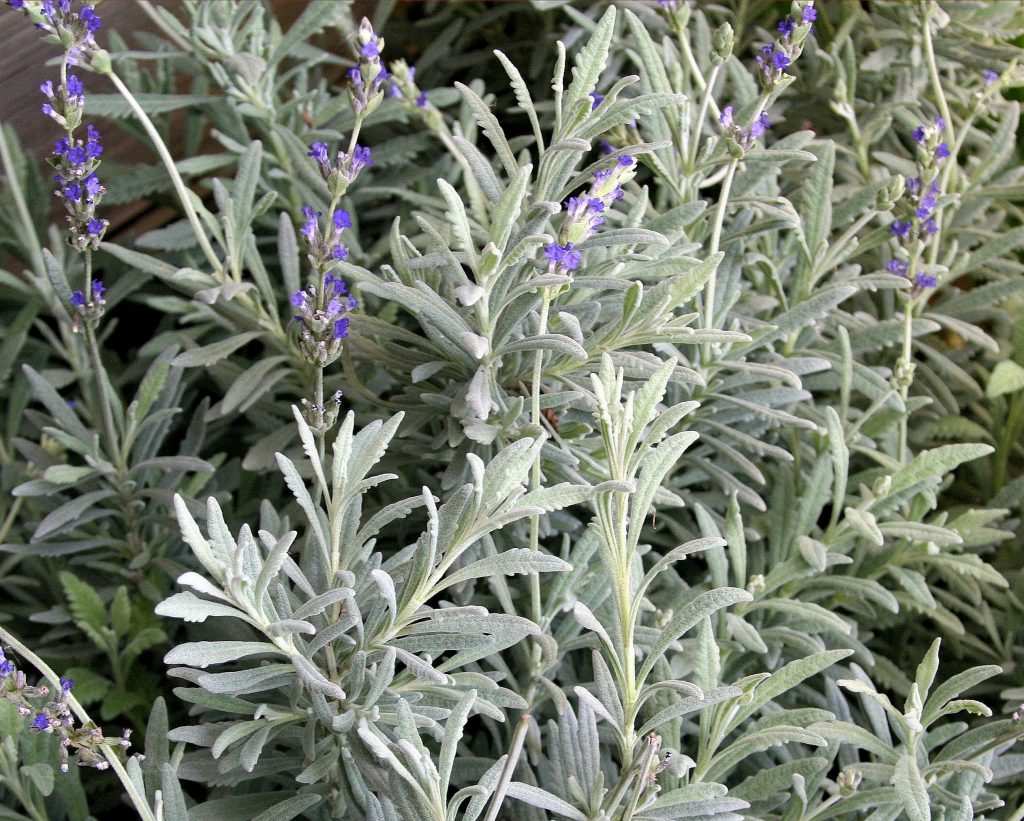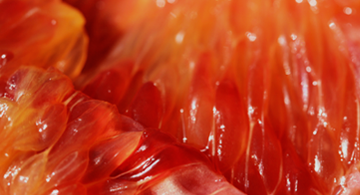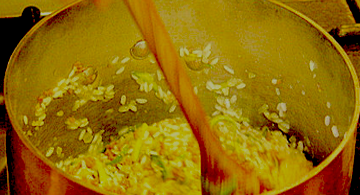
Lavender, with its genus of more than 30 known species, is native to countries bordering the Mediterranean. For millennia, this small evergreen shrub has remained one of the most influential herbs used for medicine, aromatherapy, cosmetics, perfumes, floral arrangements, sachets, cooking, baking, and beverages.
There are many species of this annual and perennial flowering shrub plant cultivated throughout the world. Immensely popular in Europe, the UK, Scandinavia, India, northern Africa, and Australia, growing lavender for its essential oil is an important commercial crop. The largest proportion comes from Lavandula vera. Produced from the flowers and flower stalks, this essential oil is one of the most valuable for the perfume industry.
Traditions: For millennia, lavender has been used for its medicinal properties and healing qualities, being classified as a stimulant, tonic, stomachic, and carminative. It was recommended by physicians and pharmacologists including Galen, Pliny the Elder, and Dioscorides. It was grown in St. Hildegarde's gardens and in medicinal monastic gardens of Europe. Romans, Egyptians, Turks, and Libyans used it as a perfume for the bath. Its importance expanded into common use for cosmetics and culinary applications.
Applications: Lavender can be used on a daily basis in many forms, fresh, dried, oil, tinctures, tisanes, etc. With antibacterial and antiseptic properties, it is one of the most effective essential oils for healing skin conditions and burns. It was used by physicians of the French Academy of Medicine for surgical purposes. It is proven very effective in treating wounds, varicose ulcers, bruises and sores, sunburn, frostbite, acne, and scalds. For burns to the skin, apply lavender oil directly onto the burn; if not available, place lavender flowers on top of the burn then wrap the area with sanitary gauze. It removes pain and helps the skin repair and heal quickly.
Lavender honey is helpful when rubbed over uninfected wounds. Lavender water was very popular for centuries in Europe, and used for everything from freshening linens, gargling to treat hoarseness and loss of voice, to flavoring liqueur. Make a tisane and drink it for rheumatic conditions or as a very mild sedative. Use it as a mouthwash to disinfect and cleanse the mouth, and gargle with it to soothe the throat and tonsils.
Lavender Essential Oil: Frequency 118 MHz. Lavender essential oil has many uses. It is a component of bath oils, soaps, detergents, shampoos, creams, lotions, tinctures, and anti-aging products. The oil is used as a relaxant to calm nerves, reduce anxiety, reduce pain, and treat asthma, alopecia, and varicous veins. Veterinarians use the oil to control lice and parasites on their patients. In Ayurvedic healing, lavender oil is considered cooling, and is recommended for Pitta humor; apply to the head. Since it is a uterine stimulant, avoid during pregnancy.
Current research shows lavender oil lessens the severity of lab-induced diabetes. It improves the symptoms of Alzheimer's disease. It reduces depression and other side-effects of post-traumatic stress disorder. It is proven to be a wonderful sleep aid, promoting sleep. A few drops on the skin helps relieve migraines and headaches. Its calming, soothing characteristic is beneficial for correcting blood sugar levels and helps combat high blood pressure.
Culinary Uses: Add buds and flowers to salads, dressings, condiments, and cheese. Often infusions of these buds or flowers flavor cakes, cookies, muffins, scones, pastries, cream-based desserts, cocktails, and liqueurs. Mix lavender with rosemary or rose creating a special flavoring for desserts.
* This synopsis imparts valuable information that could be beneficial as part of a wellness program. Its purpose is to open the thought process to consider including herbs and spices as natural supplements in personal regimens. Briefly stating how the plant was valued and used historically in different ages and cultures, it lists some current uses. If interested in this particular plant, please extend your research via books and articles for more details and uses.
With increasing interest for including alternative therapies with standard drug therapy, research continues, so this topic evolves continuously. Please consult your wholistic and holistic practitioners, homeopaths, nutritionists, dentists, and physicians to keep yourself updated if you choose to incorporate or ingest the plant in any form for medical purposes.







